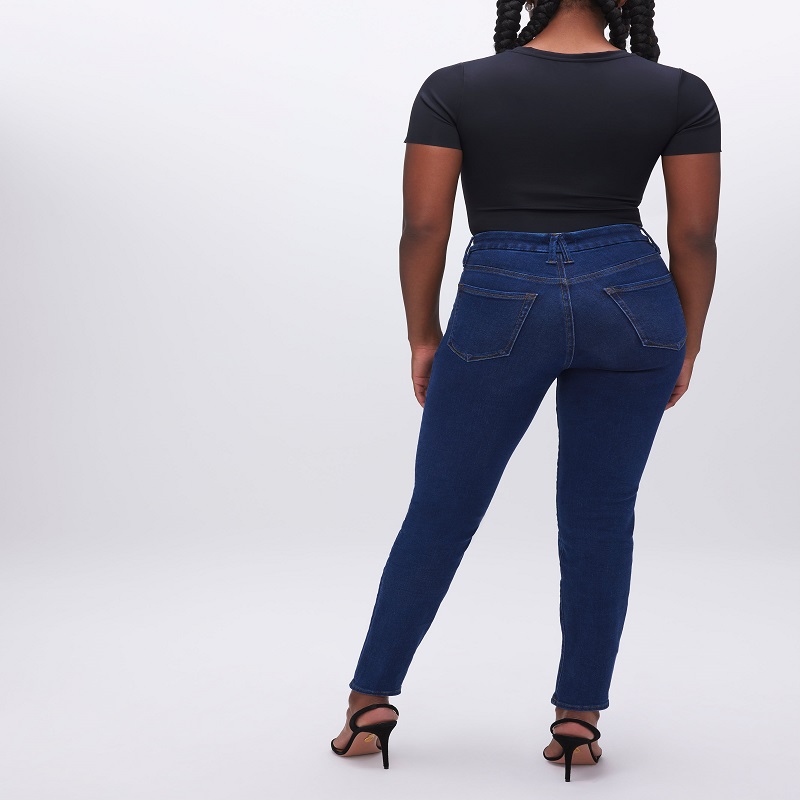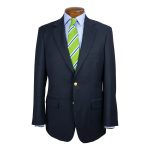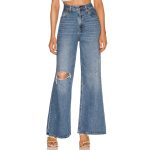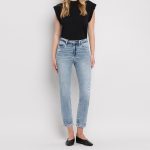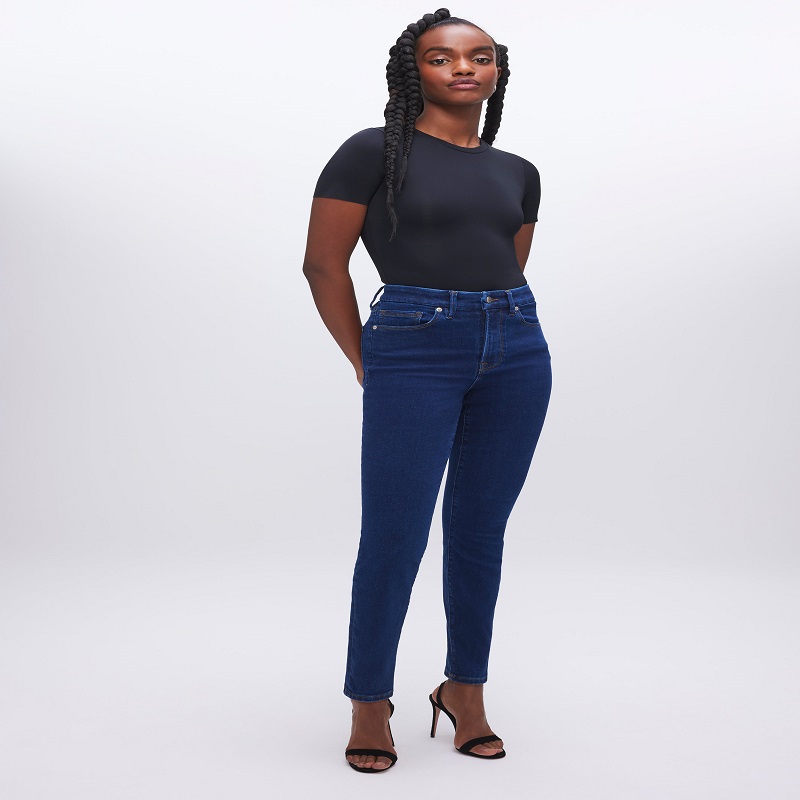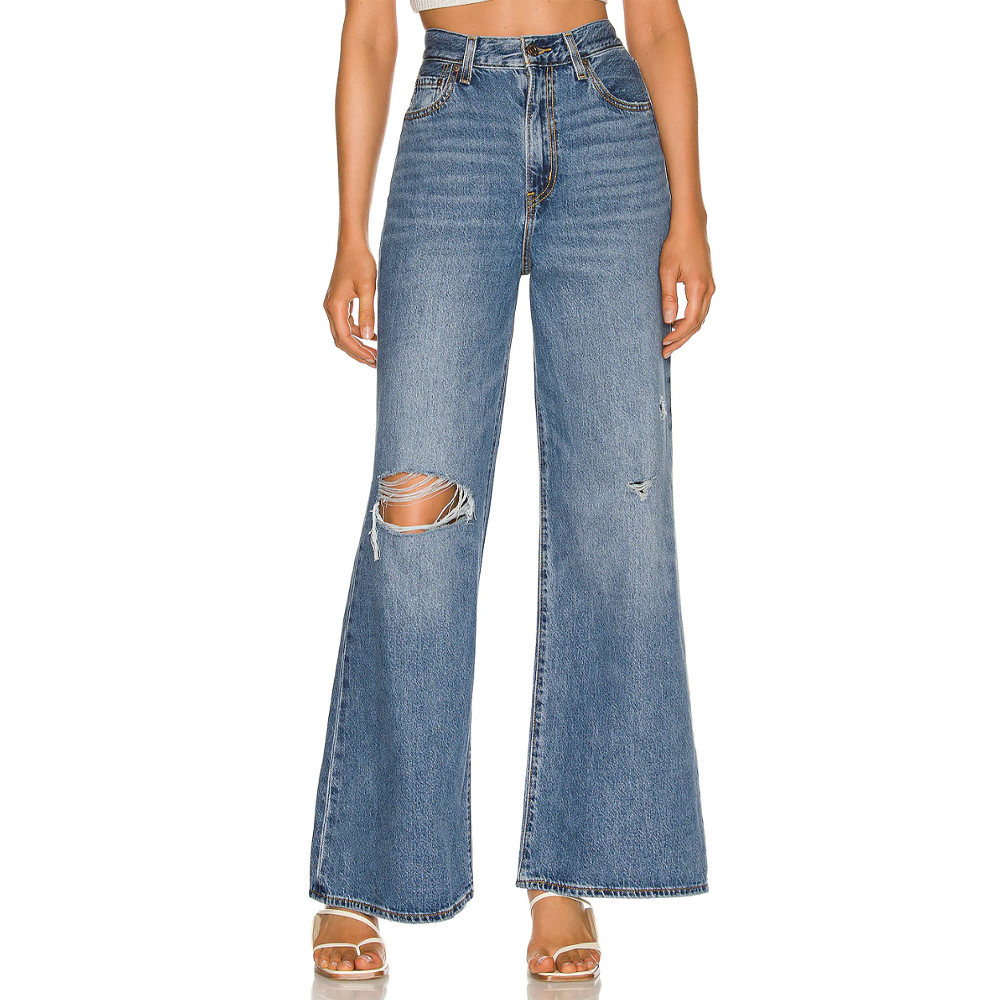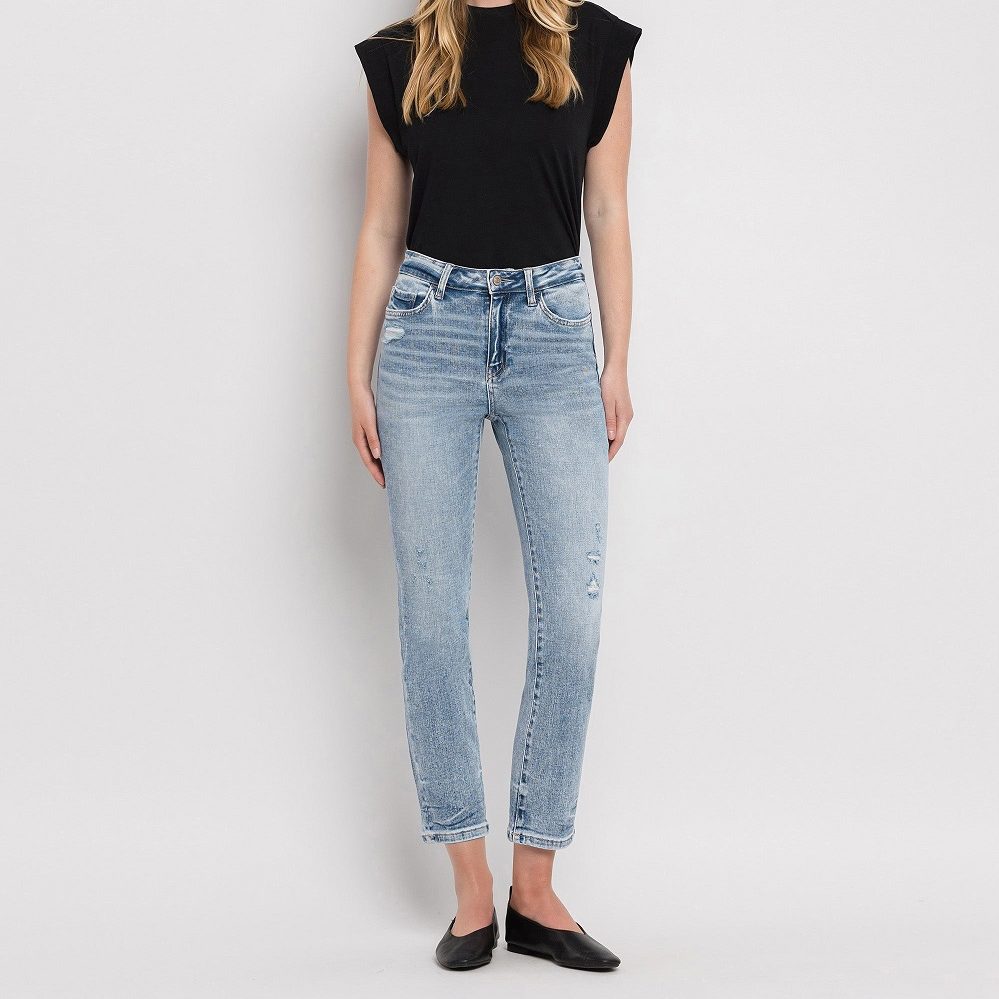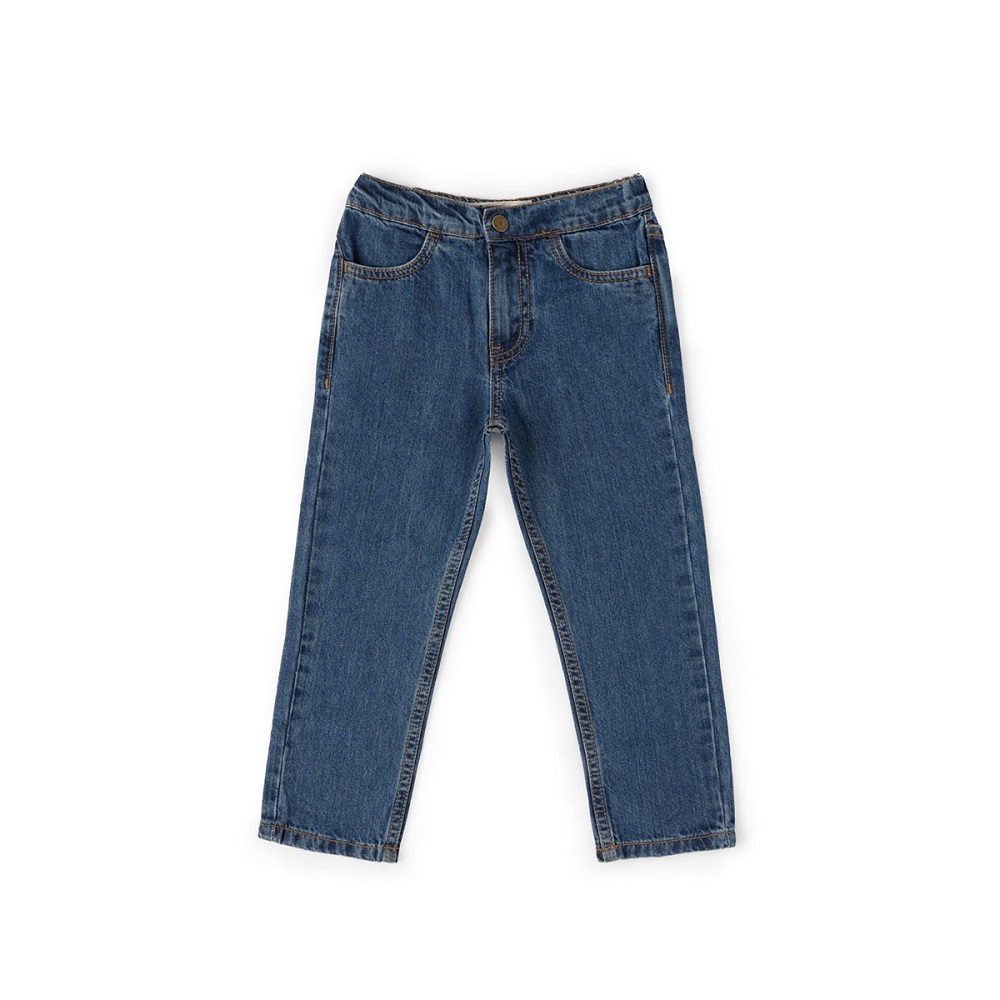Identifying the Fit Issue
How to take in jeans waist? Many of us have faced the problem of finding the perfect pair of jeans, only to realize that the waist doesn’t fit as snugly as we’d like. Before rushing to make any alterations, it’s crucial to identify the fit issue accurately.
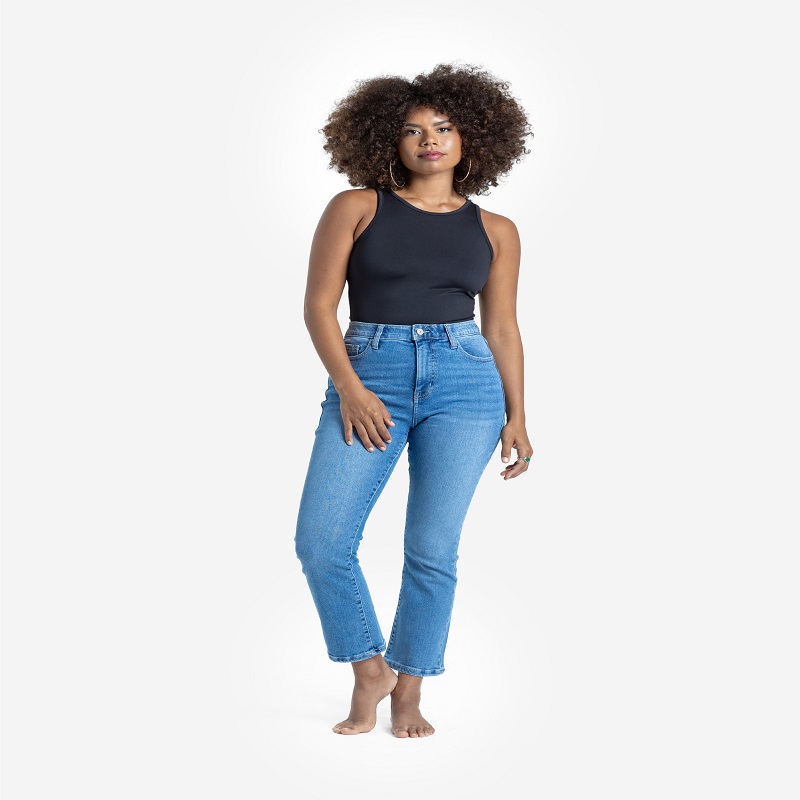
Assessing the Gap in the Jeans Waist
To begin with, put on the high loose jeans and assess the gap at the waist. Stand straight and see how much space exists between your body and the waistband. This space is an indicator of how much the jeans need to be taken in for a perfect fit. It’s essential not to overlook this step since a precise assessment will lead to better tailoring results. Make sure you evaluate the gap at different points around the waist to take note of any unevenness.
Determining How Much to Take In
Once you’ve assessed the gap, the next step is to determine how much to take in for the desired fit. This can be done by using a soft measuring tape to take the waist measurement where you’d prefer the jeans to sit. Compare this measurement to the current waist measurement of the baggy pants. The difference will give you an idea of the amount to take in. Remember to consider any stretch in the jeans’ fabric, as this could affect how they fit after alteration. Aim for a snug fit, but not so tight that it compromises comfort or restricts movement.
Methods for Altering Jeans Waist
Once you’ve identified the fitting issue with your jeans waist and determined the amount to take in, the next step is to explore methods for altering the jeans waist to achieve the perfect fit. Alterations can be done at home (DIY) or by a professional tailor, and it’s essential to choose a method that best suits your skills, tools available, and the complexity of the adjustment needed.
Pinning and Sewing for a Tighter Fit
Pinning is a simple yet effective way to test the fit before making permanent alterations to your jeans. Start by wearing the jeans inside out; this will make it easier to access the seams and to pin accurately. With the jeans on, evenly place pins along the waistband to take in the excess fabric. Ensure the pins are secure and evenly spaced to prevent puckering. Once satisfied with the pinned-in amount, you can sew along the pinned line to permanently alter the waist. A sewing machine is ideal for this task, especially if the fabric is thick. When sewing, use a thread color that matches the original stitching to maintain a consistent look. Remember to remove the pins carefully as you sew along.
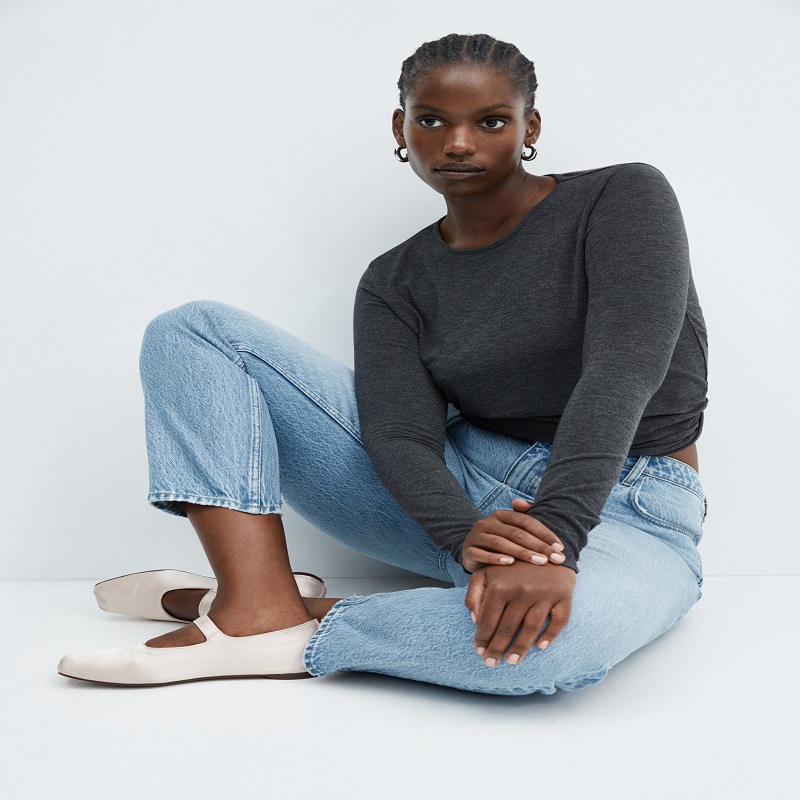
Professional Tailoring vs. DIY Alterations
Deciding between a professional tailor and DIY alterations depends on your confidence in your sewing skills, the tools you have, and the quality of the jeans. If your jeans are expensive or you are unsure about altering them yourself, consider seeking the services of a professional tailor. They have the experience and equipment to alter jeans without compromising the integrity of the original design and to ensure that the alterations are indistinguishable from the factory-made seams.
On the other hand, DIY alterations can be rewarding and cost-effective. They allow you to have full control over the result and can be a great way to learn a new skill. However, DIY alterations require a good sewing machine, the proper thread, and the knowledge to make the adjustments correctly. If you choose to go the DIY route, ensure you practice on an old pair of jeans to perfect your technique before working on your favorite pair.
Whichever method you choose, remember the goal is to have a pair of ripped jeans that not only fit well but also preserve the original look and feel.
Preserving the Original Look and Feel
When tailoring the waist of your jeans to obtain that perfect fit, it’s equally important to maintain the original aesthetics and comfort of the denim. Alterations should enhance the fit without noticeably changing the appearance or feel of your jeans. Here’s how you can make adjustments while preserving what you love about your favorite pair of jeans.
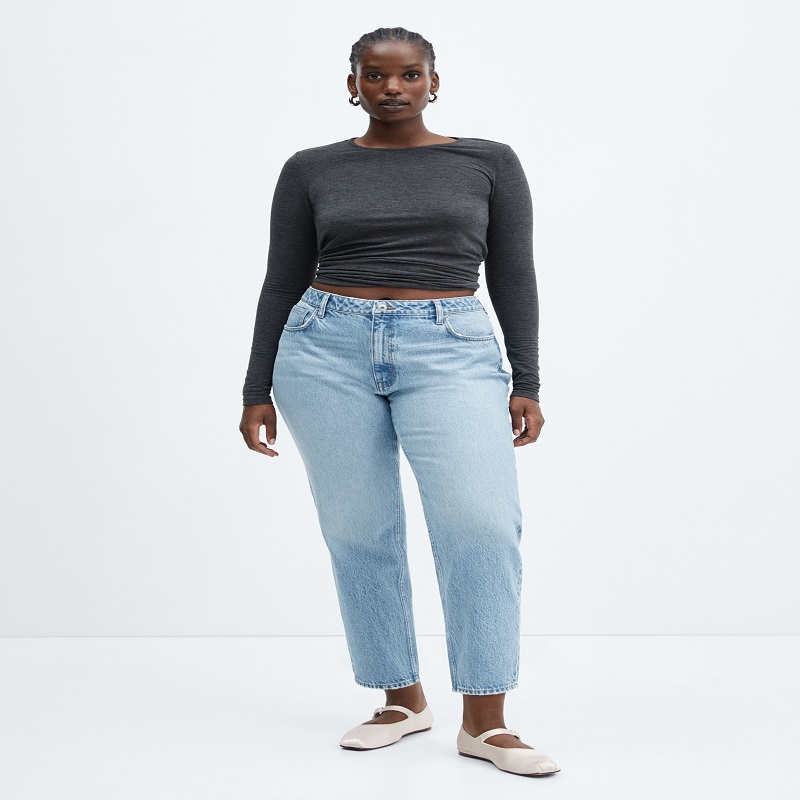
Maintaining the Jeans’ Original Aesthetics
To retain the original look of your jeans after altering the waist, there are a few key aspects to consider:
- Match the Thread: Use a thread that matches the color and thickness of the original stitching. This will help to camouflage the alterations and keep the jeans looking uniform.
- Preserve the Hardware: If your jeans have buttons or rivets near the waistband, work around them. Keep any alterations as close to the seam as possible to avoid having to move or replace the hardware, which is often signature to the jean’s brand.
- Keep the Seams Consistent: When sewing, try to follow the original seam line as closely as possible. Use a similar stitch type and length to keep the alterations from standing out.
- Handle the Waistband Carefully: The waistband is a defining feature of the plus size straight leg jean. When taking in the waist, try not to distort the waistband or belt loops. This will help to maintain a professional and original look.
Techniques to Keep the Jeans Comfortable After Altering
While ensuring the jeans still look good, comfort should not be compromised. Follow these techniques to keep your jeans as comfortable as they are stylish post-alteration:
- Don’t Over-Tighten: Allow for breathing room and movement. Jeans might stretch out a bit after wearing, so it’s better to have them slightly loose than too tight.
- Test the Fit Multiple Times: After pinning, try your jeans on again before you start sewing. This will ensure the alterations do not affect your range of motion or comfort.
- Be Mindful of the Fabric’s Stretch: If your high rise jeans are stretchy, remember they will have some give. Consider this when marking how much fabric to remove, as stretchy fabric needs to be less tight.
- Smooth Finish: After sewing, press the altered seams with an iron to ensure they lay flat and do not irritate your skin or create bulk.
Advantages of well-fitting jeans
The significance of well-fitted denim jeans extends beyond mere fashion, influencing comfort, confidence, and personal style. When denim jeans are tailored to fit impeccably, they offer a multitude of advantages that contribute to a wearer’s overall comfort, style, and versatility. From facilitating ease of movement to accentuating body proportions, well-fitted denim jeans play a pivotal role in enhancing both the aesthetic and functional aspects of an individual’s wardrobe.
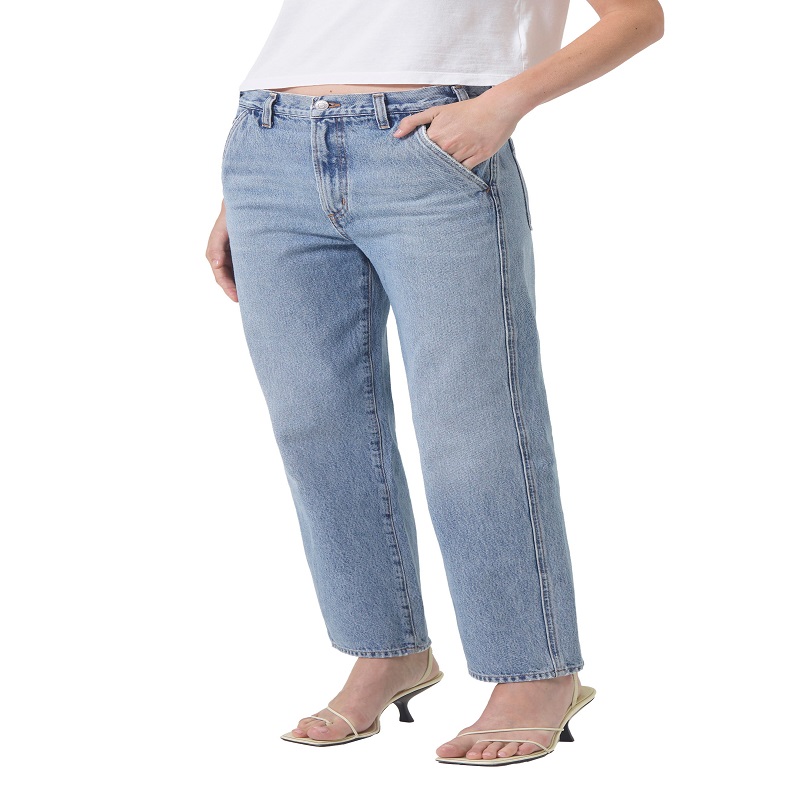
Comfort and Mobility
- Tailored Fit: Well-fitted denim jeans are customized to hug the body in all the right places, providing optimum comfort and unrestricted movement, characterized by tailored cuts and fits that cater to individual body shapes and preferences.
- Ease of Movement: The exceptional fit of well-fitted denim jeans ensures freedom of movement and flexibility, allowing wearers to engage in various activities without constraints, promoting a sense of ease, comfort, and practicality.
- Enhanced Comfort: By eliminating sagging, bunching, or excessive tightness, well-fitted denim jeans minimize discomfort, chafing, and adjustments throughout the day, offering a supportive and comfortable fit for extended wear.
Aesthetic Appeal and Body Proportions
- Flattering Silhouette: Well-fitted denim jeans complement the body’s natural contours, creating a flattering and harmonious silhouette that accentuates the waist, hips, and legs, contributing to a polished and elegant appearance.
- Body Proportions: When tailored to fit appropriately, well-fitted denim jeans enhance body proportions, minimizing visual inconsistencies and creating a balanced and proportionate visual aesthetic that enhances the wearer’s figure.
- Tailored Details: Crafted with attention to detail, including precision stitching, well-fitted denim jeans showcase refined and tailored elements that elevate their appearance, contributing to an overall well-groomed and refined look.
Style Versatility and Adaptability
- Styling Options: Well-fitted denim jeans offer greater versatility in styling options, seamlessly complementing various tops, footwear, and accessories to create a diverse range of looks, from casual ensembles to more polished and refined outfits.
- Occasion Suitability: The adaptable nature of well-fitted denim jeans allows for effortless styling transitions between casual and semi-formal occasions, providing a versatile and appropriate option for various settings and events.
- Fashion Forwardness: Embracing current trends and timeless style, well-fitted denim jeans convey a sense of fashion forwardness and style confidence, blending modern trends with classic elements for enduring and timeless appeal.
By following these tips, you can achieve a tailor-fit waist while still preserving the look and feel of your beloved jeans. Whether you choose to make these alterations yourself or enlist the help of a professional tailor, the end goal is to enhance the fit without losing the elements that make your jeans uniquely yours.
